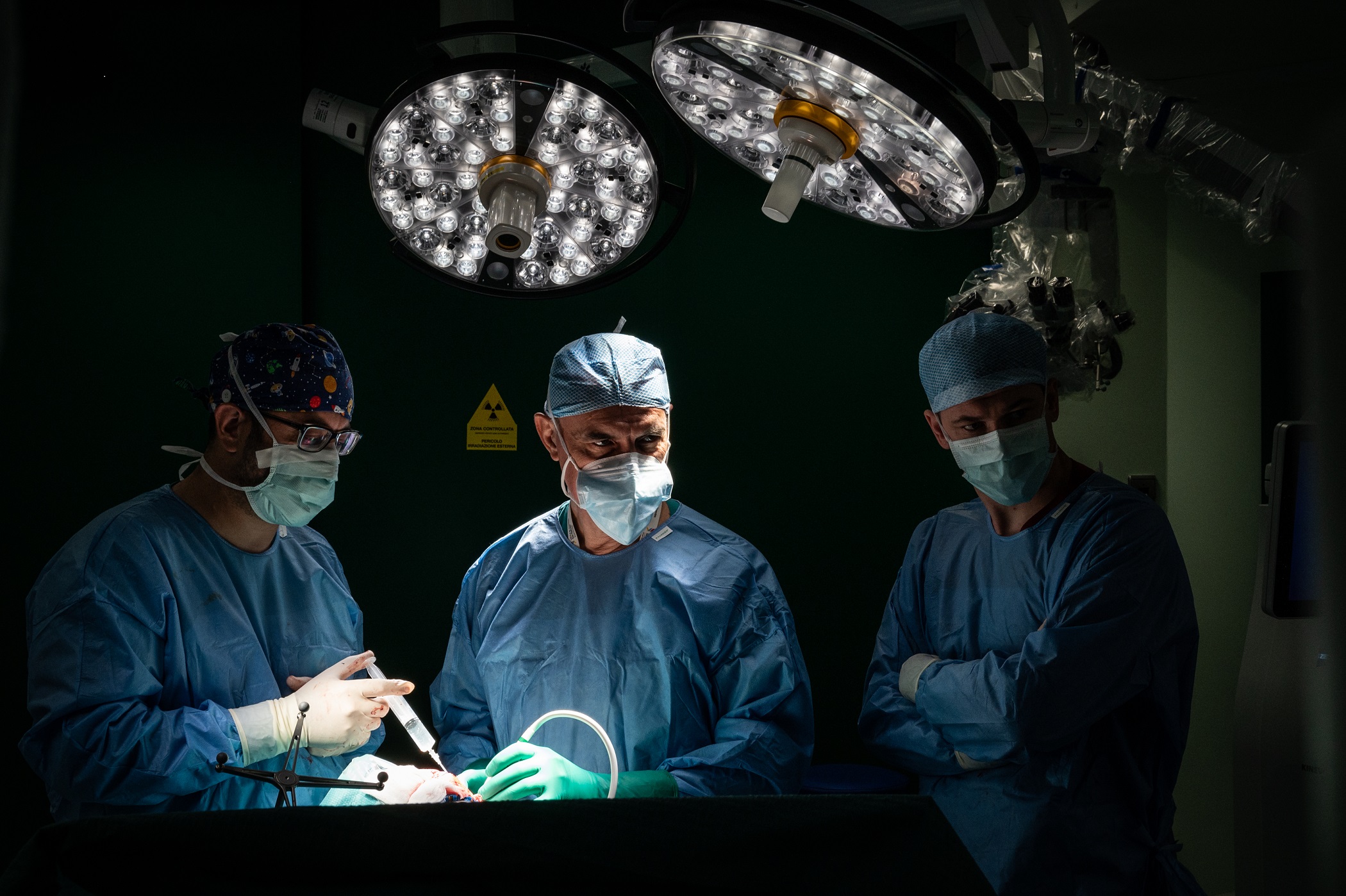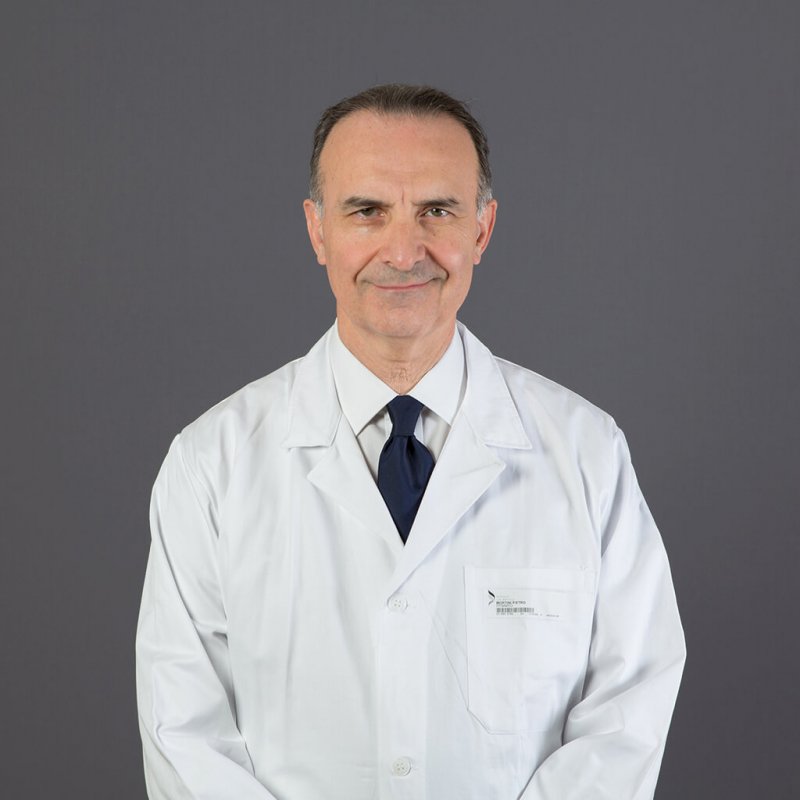Spinal cord stimulator implanted to return to walking after spinal cord injury

Publication date: 07-06-2023
Updated on: 07-06-2023
Topic: Research
Estimated reading time: 1 min
Article Author
Clelia Andolina
Medical Editor
Pietro Mortini
Editor and Translator
Viktoryia LuhakovaThe first surgery in Italy was performed at the San Raffaele Research Hospital in Milan on a young woman who had not walked for 5 years.
A team of neurosurgeons of Ospedale San Raffaele led by Professor Pietro Mortini, chief of Neurosurgery Department and Full Professor at the Vita-Salute San Raffaele University, has performed the innovative surgery that enabled a young woman with lower limb paralysis to regain motor function through the implantation of a spinal cord stimulator.
A 32 y.o. woman, who was the victim of a sports accident that caused her to suffer a spinal cord injury, is now able to maintain standing position and walking with the aid of a walker.
The result was made possible through a collaboration with a group of engineers from the Institute of Biorobotics at La Scuola Superiore Sant'Anna in Pisa, headed by Professor Silvestro Micera, an internationally renowned expert.
The patient is still performing a complex rehabilitation course defined by Dr. Sandro Iannaccone, head of the Neurocognitive and Motor Rehabilitation Department, with excellent results.
"We are conducting an advanced clinical research protocol, coordinated by my collaborator, Dr. Luigi Albano, at the end of which this surgery could enter in the current clinical practice, offering a therapeutic solution for patients with spinal cord injury," Prof. Piero Mortini explains.
"The next step," clarifies Professor Mortini, "will also be to treat spinal cord injuries caused by neurodegenerative diseases, such as multiple sclerosis, in patients who will be recruited by the Neurology Department of Ospedale San Raffaele directed by Prof. Massimo Filippi".
This protocol is part of an advanced research program that Vita-Salute San Raffaele University and Ospedale San Raffaele have launched to develop innovative therapies that use an interface between electronic devices and the central nervous system to vicariate functional deficiencies.
Surgery
The implanted device consists of two parts:
- a biocompatible holder for 32 electrodes that is inserted into the epidural space of the spine,
- a pulse generator (kind of a pacemaker), similar to those used in patients with cardiac arrhythmias, inserted under the skin at a hip level. Impulses are delivered to the spinal cord from where they then transit to the nerves and muscles.
Implantation of the device took about 3 hours through a delicate, minimally invasive neurosurgical procedure performed under continuous neurophysiological monitoring. The pacemaker was then programmed to ensure coordinated activation of all muscles necessary for walking. Control of stimulator functions is possible through a range of functional options that can be chosen by the patient based on the locomotor needs of daily life.
Picture credits: Alessandro Gandolfi Parallelo Zero